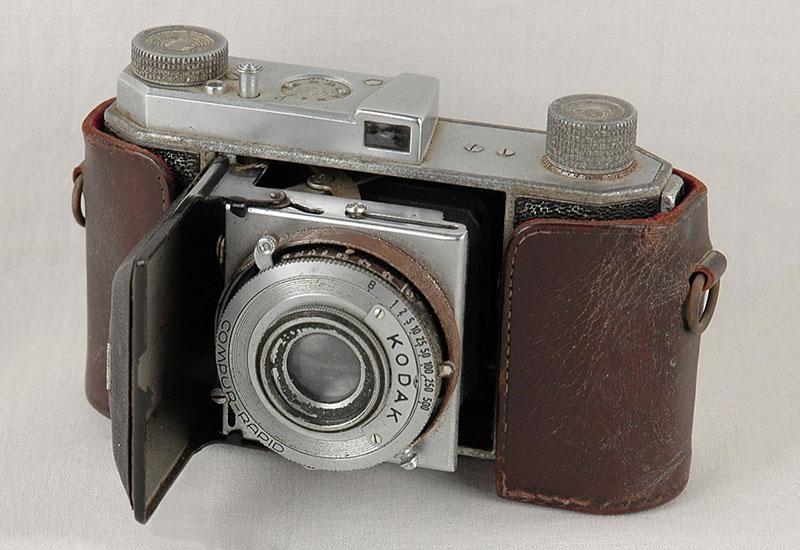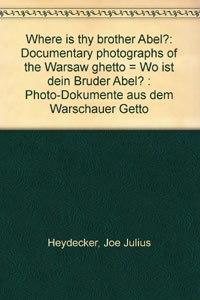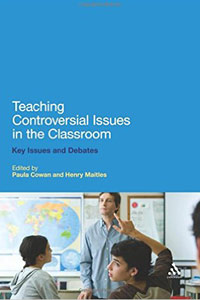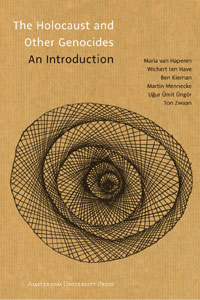Shalom and welcome to the 29th issue of Teaching the Legacy. This e-newsletter focuses on photography. In this newsletter we will explore the strengths and weaknesses of photographs as a historical source, and whether they reflect reality or interpret it. The newsletter contains an introductory article on the issues relevant to using photographs, and then a number of articles describe each issue discussed in the introduction in greater depth through the use of a case study of particular photographs. We also feature an interview with Nina Springer-Aharoni, the curator of films and photographs in the Yad Vashem Holocaust History Museum. The newsletter contains a book review that deals with photography: Where is Thy Brother Abel?, a book of photographs taken in 1942 in the Warsaw ghetto by a German soldier who was anti-Nazi in his ideological outlook, which was not published until forty years after he took the pictures. In keeping with the emphasis on photography, the artifact described in this newsletter is a camera from Yad Vashem's collection, and the featured story of the Righteous Among the Nations is also related to photography. There are two additional book reviews that will be helpful for educators: Teaching Controversial Issues in the Classroom: Key Issues and Debates, and The Holocaust and Other Genocides: An Introduction (Amsterdam: NIOD Institute for War, Holocaust and Genocide Studies and Amsterdam University Press, 2012).
As always, the newsletter features new publications and updates on recent and upcoming activities at the International School for Holocaust Studies and across Yad Vashem. We hope you find this issue interesting and resourceful and we look forward to your feedback.
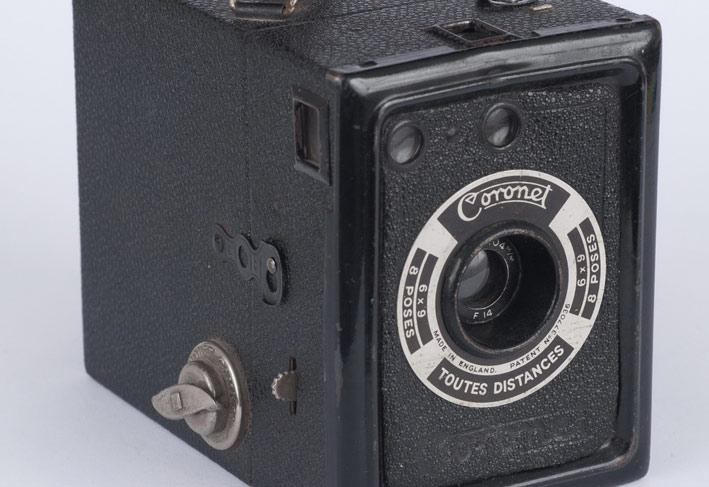
Critical Analysis of Photographs as Historical Sources
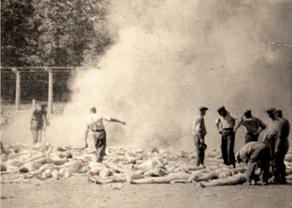
Inside the Epicenter of the Horror – Photographs of the Sonderkommando
Who Took The Pictures?
What is the Photograph's Context?
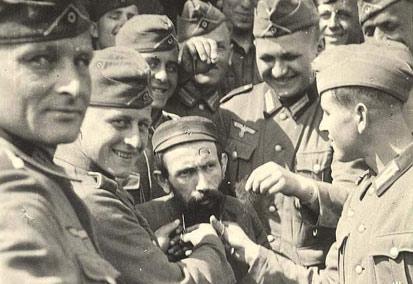
The Eastern Front: Photographs as Propaganda
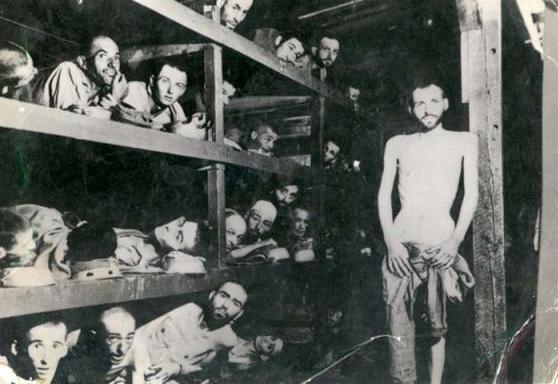
Excerpts from an Interview with Nina Springer-Aharoni, Curator of Films and Photos in the Yad Vashem Museum
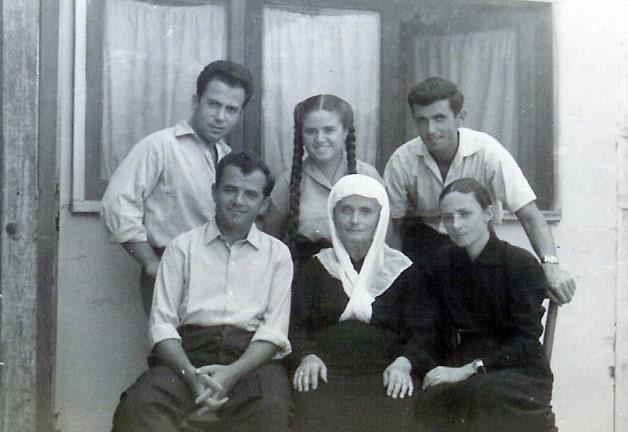
Righteous Among the Nations: Vesel and Fatima Veseli and their children: Refik, Hamid and Xhemal
